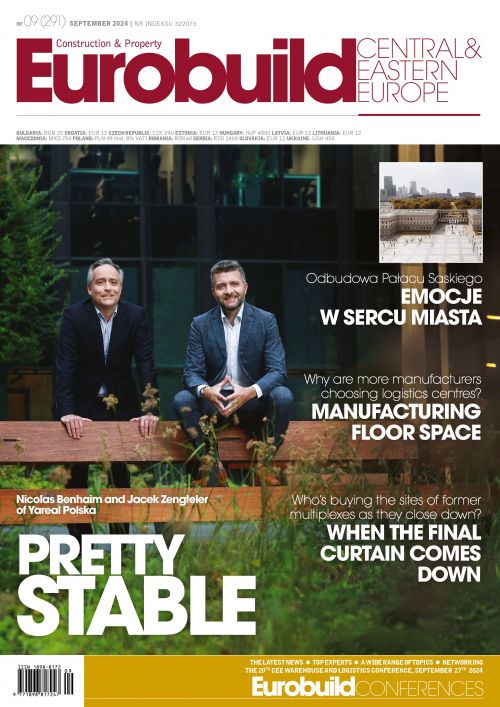Logistics centres are not just the domain of companies involved in e-commerce or distribution. Manufacturing companies can also take advantage of the strategic benefits of such space to help them improve their operations. Managing supply chains, which in recent years have been heavily disrupted, also involves numerous challenges and requires flexibility. Production and logistics should, therefore, be closely integrated and for many manufacturers investment in modern centres has become a priority. What are the benefits for tenants and developers of such a model and do they outweigh the difficulties?
Robots to do the work
According to Małgorzata Czepel, the director of the industrial and warehouse space department at CBRE, three trends are now evident when it comes to manufacturing firms operating from logistics space: “These are the increasing technological requirements, the changing business models, and the increasing importance of sustainable development. With the first trend































































